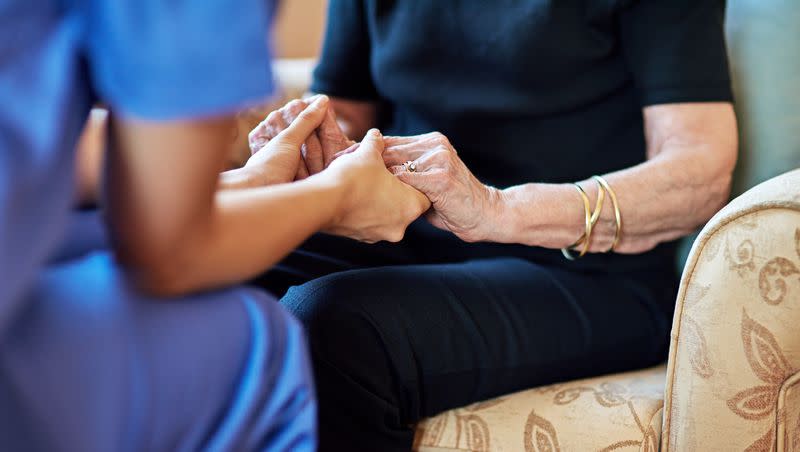Assisted living costs vary nationwide: As prices rise, assisted living is becoming affordable only for the wealthy

Before the 1980s, nursing homes were the only type of senior care option for aging adults who couldn't live on their own, didn’t have the money to pay for in-house nursing or didn’t have family who could care for them.
Assisted living, as we know, was first created in 1981 in Portland, Oregon, by Dr. Keren Brown Wilson. “Wilson examined all the ways nursing homes were viewed as negative or institutional places, like the communal bathrooms and lack of privacy,” according to American Senior Communities. “She wanted to create a way for seniors to remain independent and respected while also being able to receive the level of care they required.”
In the U.S. today, more than 818,800 older adults live in some form of assisted living, A Place for Mom reported, also sharing the following statistics:
More than 30,600 assisted living facilities are currently active, with an average occupancy rate close to 80%.
Given that 70% of individuals are likely to need assisted living services during their lifetime, it is anticipated that there will be a need for an extra one million beds by the year 2040.
The average monthly cost for private, single-room accommodation in these facilities is $4,803.
The costs of assisted living
The average monthly rate to live in assisted living communities can vary by state, according to a study by Seniorly.
States with the most expensive monthly rate:
New Hampshire — $8,248.
Washington D.C. — $6,825.
Delaware — $6,101.
Hawaii — $5,924.
Wyoming — $5,894.
States with the least expensive monthly rate:
Louisiana — $2,946.
Georgia — $3,318.
South Dakota — $3,378.
Iowa — $3,420.
Minnesota — $3,472.
Utah was ranked 40th with a monthly rate of $3,743.
“Seniorly price estimates factor in the distribution of community type and size, so states that have a higher concentration of large or higher-end assisted living communities are likely to have a higher average cost,” Seniorly added. Emphasizing the harsh reality that based on current income and savings trends, an average American would need 17.2 years to accumulate enough savings to afford one year in an assisted living facility.
Related
How are people affording assisted living?
The National Investment Center found that the senior housing occupancy rate increased by 0.8% in the third quarter of 2023 — from 83.6% to 84.4%.
“This represents the ninth consecutive quarter of occupancy recovery, driven by record-high rates of demand. ... ‘Several consecutive quarters of especially strong demand suggest that the need for the care and housing provided by senior housing is recognized,’” the National Investment Center’s chief operating officer, Chuck Harry, said.
The increase in pricing is making assisted living an out-of-reach option for the middle and lower-class population or causing current residents to move out.
“Unlike most residents of nursing homes where care is generally paid for by Medicaid, the federal-state program for the poor and disabled, assisted-living residents or their families usually must shoulder the full costs. Most centers require those who can no longer pay to move out,” according to The New York Times.
With senior living occupancy on the upward trajectory, families with aging family members are shocked to find that Medicaid and Medicare will not cover assisted living and little, if any, will be covered by insurance.
To afford costs, “Most families use private funds to pay for assisted living. This means they use a combination of personal savings, pension payment, and/or retirement or investment income,” per A Place for Mom. “Often, a senior’s children and family members pay a large share of elder care costs.”

